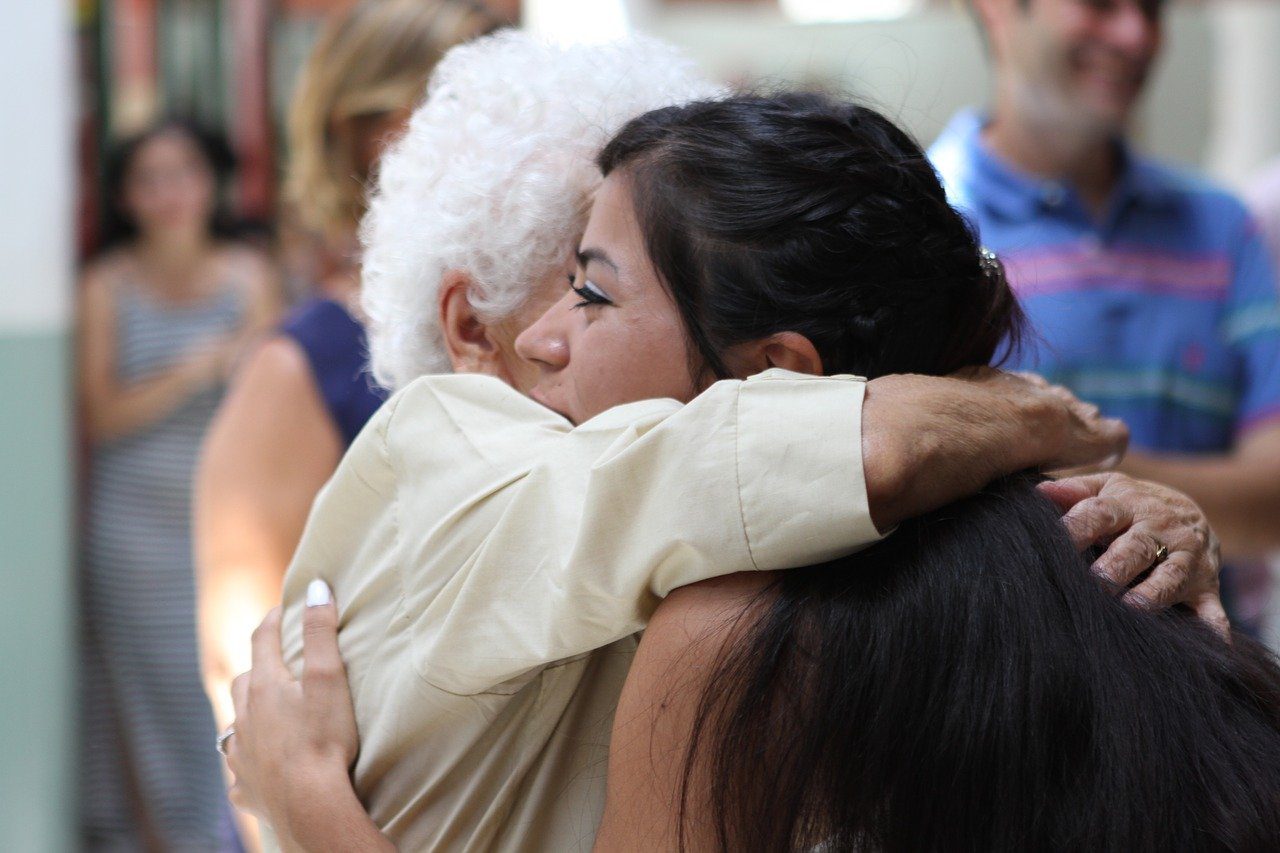
Hugging has been around for millennia and is practiced by almost all cultures as a way to connect with others without using language. Hugs have traditionally been given in may scenarios: as a greeting or goodbye, for sympathy or congratulations, and for gratitude, support, and affection. The word “hug” seems to have come from “hugga,” an Old Norse word meaning “to comfort.” “Hug” was first used around 1610, to describe a wrestling hold. It began being used for its current meaning in the 1650s.
Hugs may release a hormone called oxytocin into the bloodstream. This hormone, produced in the pituitary gland, helps lower blood pressure, heart rate, and the stress hormone cortisol. It also reduces anxiety, improves mood and memory, and increases bonding and closeness. Those who hug often tend to have increased empathy for others. In order for hugs to be beneficial, those participating must trust each other and both want to hug. Otherwise, the opposite effect happens, and cortisol levels rise, causing stress.
According to checkiday.com. Source of photos: internet







